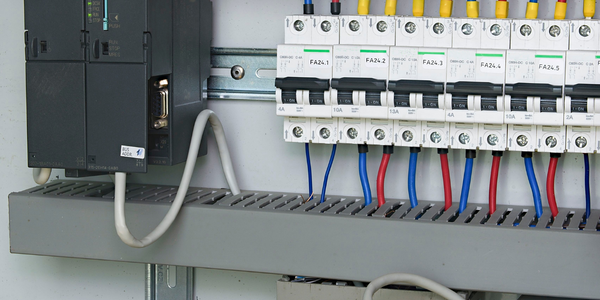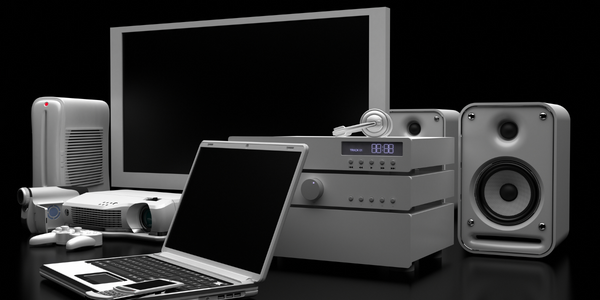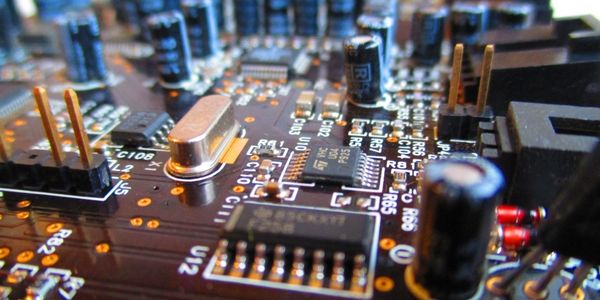公司规模
Large Corporate
地区
- America
国家
- United States
产品
- JDA Demand Manager
- JDA Supply Chain Planner
技术栈
- Supply Chain Management Software
- Inventory Management Software
实施规模
- Enterprise-wide Deployment
影响指标
- Productivity Improvements
- Customer Satisfaction
技术
- 功能应用 - 库存管理系统
适用行业
- 电子产品
适用功能
- 离散制造
- 物流运输
用例
- 库存管理
- 供应链可见性(SCV)
服务
- 云规划/设计/实施服务
- 系统集成
关于客户
Marvell Semiconductor 是一家总部位于加州硅谷、市值 40 亿美元的公司。该公司处于技术前沿,生产各种产品,包括存储设备、控制器、路由器、交换机、游戏设备、多媒体芯片和打印机。Marvell 的产品基于新技术和自动化。在其每个业务领域,性能速度都极其重要。在游戏等产品类别中尤其如此,消费者希望获得更快的性能和更好的图形。然而,Marvell 所在的行业以周期长而闻名,从头开始制造一个产品大约需要 14 周。这对客户来说是一个挑战,因为客户通常不愿意等待那么长时间。为了满足客户要求,Marvell 需要解决方案来帮助管理库存并将其定位在供应链中的正确位置。
挑战
Marvell Semiconductor 是一家总部位于加州硅谷、市值 40 亿美元的公司,生产各种产品,包括存储设备、控制器、路由器、交换机、游戏设备、多媒体芯片和打印机。该公司所在的行业以周期长而闻名,从头开始制造一个产品大约需要 14 周的时间。这带来了挑战,因为客户通常不愿意等待那么长时间。为了满足客户的要求,Marvell 需要解决方案来帮助管理库存并将其定位在供应链中的正确位置。Marvell 的主要供应链目标之一是满足并超越客户的期望。它的目标是在正确的时间将正确的产品放在正确的地点交付给客户。同时,增加收入也很重要,因此该公司必须谨慎管理库存并建立良好的供应链——可以快速更改以满足客户要求的供应链。这使 Marvell 能够更快地将产品推向市场,或者在某些情况下,在需求发生变化时足够灵活地转向不同的产品。
解决方案
Marvell 与 JDA Software 合作,优化其供应链流程。在 JDA 服务团队的帮助下,Marvell 实施了 JDA 制造规划解决方案的综合预测和供应规划功能。该公司使用 JDA 制造规划解决方案来管理其预测,利用单一需求视图来运营其业务。该解决方案汇总了来自多个不同来源的输入,以生成单一预测,帮助 Marvell 运营公司——不仅是供应链,而是整个业务。Marvell 的收入预测、库存管理和制造计划现在都基于同一个数字。实施的最重要好处之一是创建了单一需求声明。该公司的库存管理能力也得到了提升。它现在可以为不同的产品设置库存水平,这样就不会积累过剩库存。Marvell 还可以更好地了解潜在的过剩库存,从而能够更快地做出反应。
运营影响
数量效益

Case Study missing?
Start adding your own!
Register with your work email and create a new case study profile for your business.
相关案例.

Case Study
Remote Temperature Monitoring of Perishable Goods Saves Money
RMONI was facing temperature monitoring challenges in a cold chain business. A cold chain must be established and maintained to ensure goods have been properly refrigerated during every step of the process, making temperature monitoring a critical business function. Manual registration practice can be very costly, labor intensive and prone to mistakes.

Case Study
Predictive maintenance in Schneider Electric
Schneider Electric Le Vaudreuil factory in France is recognized by the World Economic Forum as one of the world’s top nine most advanced “lighthouse” sites, applying Fourth Industrial Revolution technologies at large scale. It was experiencing machine-health and unplanned downtime issues on a critical machine within their manufacturing process. They were looking for a solution that could easily leverage existing machine data feeds, be used by machine operators without requiring complex setup or extensive training, and with a fast return on investment.

Case Study
Cloud Solution for Energy Management Platform-Schneider Electric
Schneider Electric required a cloud solution for its energy management platform to manage high computational operations, which were essential for catering to client requirements. As the business involves storage and analysis of huge amounts of data, the company also needed a convenient and scalable storage solution to facilitate operations efficiently.

Case Study
Leveraging the IoT to Gain a Competitive Edge in International Competition
Many large manufacturers in and outside Japan are competing for larger market share in the same space, expecting a growing demand for projectors in the areas of entertainment, which requires glamor and strong visual performance as well as digital signage that can attract people’s attention. “It is becoming more and more difficult to differentiate ourselves with stand-alone hardware products,” says Kazuyuki Kitagawa, Director of Service & Support at Panasonic AVC Networks. “In order for Panasonic to grow market share and overall business, it is essential for us to develop solutions that deliver significant added value.” Panasonic believes projection failure and quality deterioration should never happen. This is what and has driven them to make their projectors IoT-enabled. More specifically, Panasonic has developed a system that collects data from projectors, visualizes detailed operational statuses, and predicts issues and address them before failure occurs. Their projectors are embedded with a variety of sensors that measure power supply, voltage, video input/ output signals, intake/exhaust air temperatures, cooling fan operations, and light bulb operating time. These sensors have been used to make the projector more intelligent, automatically suspending operation when the temperature rises excessively, and automatically switching light bulbs. Although this was a great first step, Panasonic projectors were still not equipped with any capability to send the data over a network.









